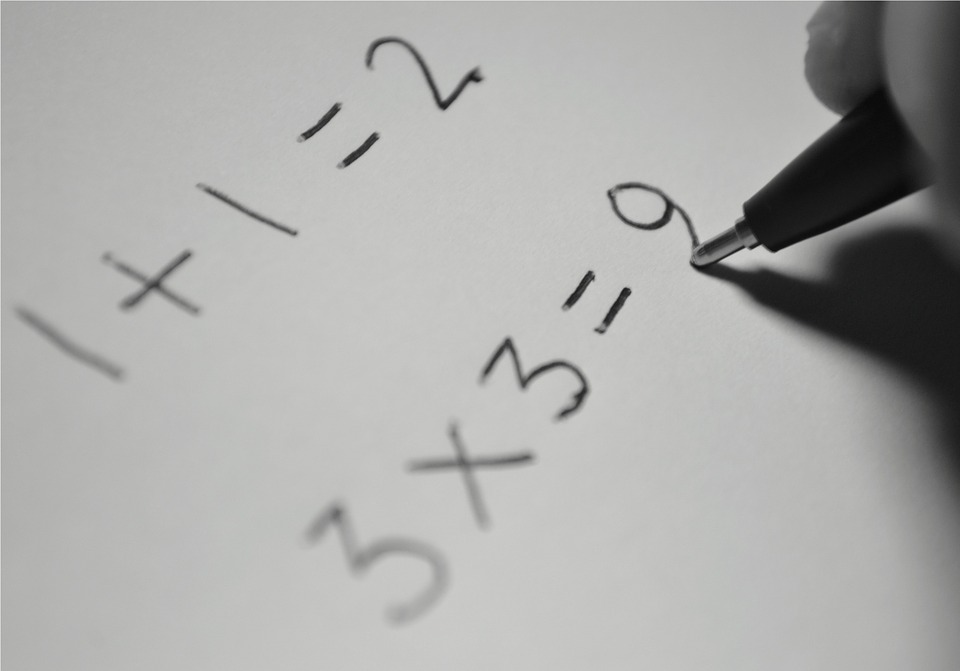
Did you know that when it comes to math skills, Latino students lag behind their classmates by about three months? All hope is not lost; however, there are ways that teachers, guardians, parents and caretakers can start closing the gap. In fact, even policy makers can help lessen the great divide.
Caretakers should fill the gap that teachers leave in learning.
Parents can always incorporate the learning of math skills in everyday activities found at home. A recently released report also urged that teachers be given the newest, up-to-date tools to be used in their class room to make math more accessible and fun. Finally, increasing enrollment in center-based day care or after school programs can also help.
Key Takeaways:
http://www.nbcnews.com/news/latino/latino-kids-lag-math-skills-here-are-ways-narrow-gap-n718036
Do You Need help with a Dyscalculia Difficulty?
Our simple online analysis will help you get to the core of the problem and find the right solution for you.
Understanding how to help someone with a learning difficulty starts with understanding which micro-skills are affected. When you learn which of the micro-skills is the problem, you will then be on your way to solving it.
You'll also learn how to:
- Build confidence
- Enhance Learning ability
- Eliminate avoidance
- Build grit
You can get this analysis for free by filling out this simple form. This will help you get to the bottom of a learning difficulty and provide you with a solution. If you are ready to put this problem behind you click the button below and fill out the form.










